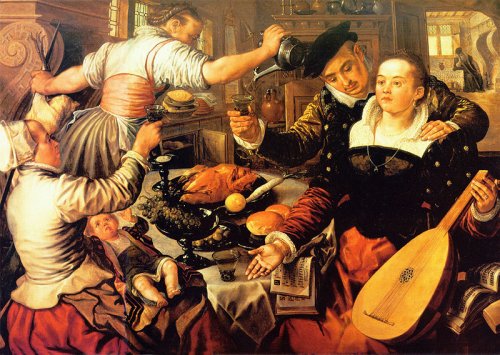
A dinner host in the 17th century might have wished for a usage manual — a different term was used for carving each dish, and, according to Samuel Orchart Beeton, “for a person to use wrong terms in relation to carving was an unpardonable affront to etiquette.” One might:
- allay a pheasant
- barb a lobster
- break a hare
- chine a salmon
- culpon a trout
- disfigure a peacock
- dismember a hen
- display a quail
- fin a chevin
- fract a chicken
- frush a chub
- gobbet a trout
- lift a swan
- mince a plover
- rear a goose
- sauce a capon
- scull a tench
- side a haddock
- splat a pike
- splay a bream
- spoil a hen
- string a lamprey
- tarne a crab
- thigh a pigeon
- thigh a woodcock
- transon an eel
- trench a sturgeon
- tusk a barbel
- unbrace a mallard
- unjoint a bittern
- unlace a coney
- unlatch a curlew
- wing a partridge
“Carving was a science that carried with it as much pedantry as the business of school-teaching does in the present day,” Beeton observed in 1875. By that time, happily, such lists were already considered “too long and too ridiculous to repeat.”
